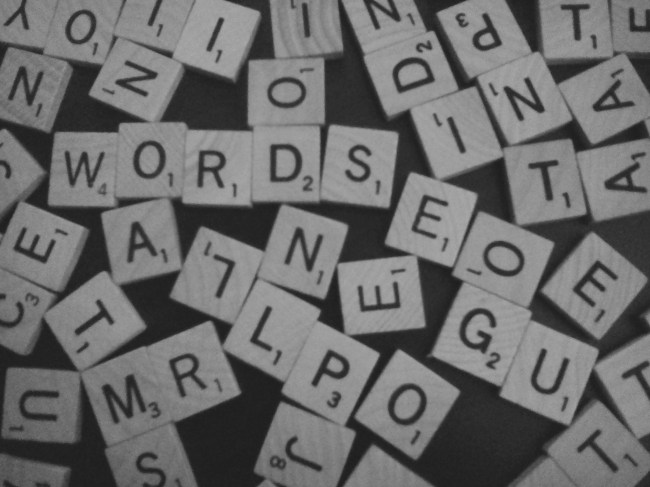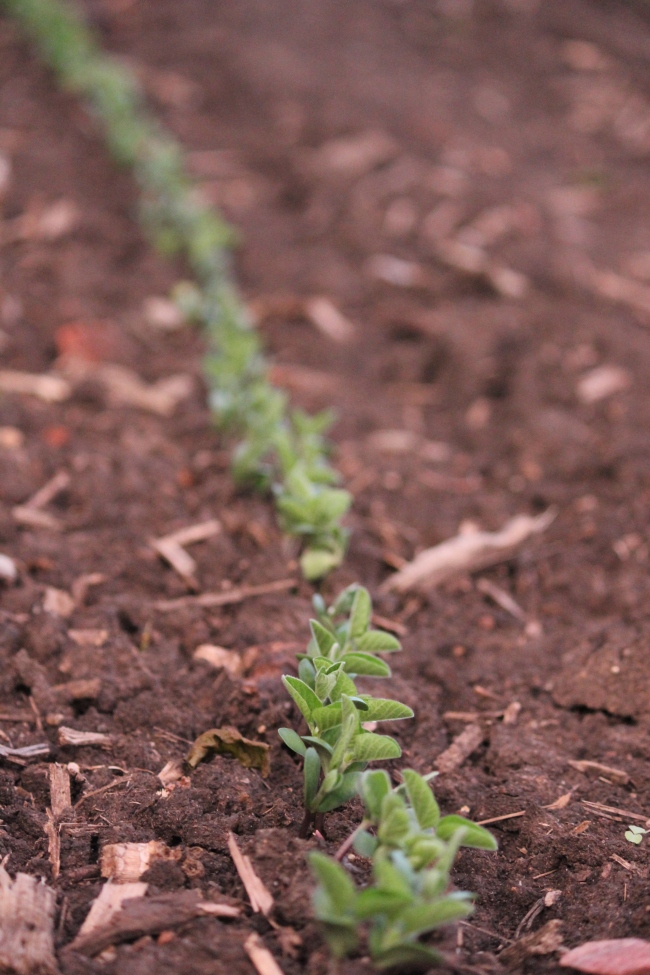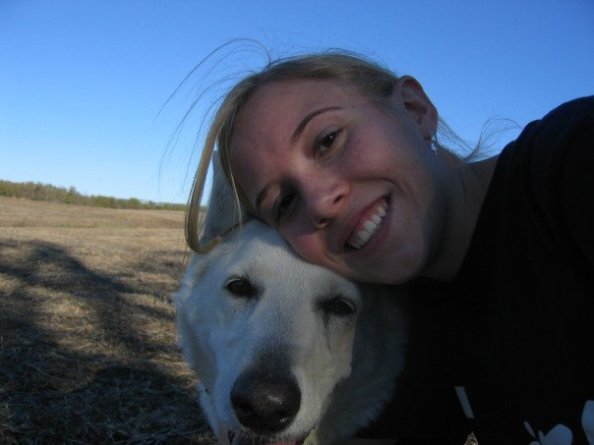Hey everyone, I’ve decided to finally blog again. All the posts before this were for a journalism class so you can read them if you want. I wanted to post an article I wrote for a class last semester about some friends of mine adopting. They are getting ready to travel now, so the story is a little out of date, but I love this story.

Angela needs 1.4 pounds of paperwork to come home.
The Dellevoet family is anxiously waiting to bring their daughter and sister home, who is nearly 5,500 miles away. It’s not that simple. Kyle and Jody Dellevoet started the process in June to add a daughter to their family of four boys.
For a year Jody had been thinking about adopting, but Kyle wasn’t ready. The Dellevoet’s church was raising money for a girl through Reece’s Rainbow.
“That’s the girl Jody wanted to adopt,” Kyle said. “I came to church and I saw the picture of this cute little girl in a blue dress. It’s a justice issue from the standpoint a lot of the kids get institutionalized and end up dying…I thought to myself, ‘If someone doesn’t step up she could die.’ I wasn’t ready or okay with it [adoption].”
In February Kyle, a campus minster at UNK, was teaching a student Bible study and reading the book “Radical.”
“It made me uneasy,” Kyle said. “I knew I wasn’t going to come away from it without being challenged to do something with a big step of faith.” That step of faith came in June at a local youth camp.
“I was talking to kids about how we love Jesus and we sing and come to church, and we’re excited, but until we become a generation where we submit to what God says we will never change the world,” Kyle said. “When I left that night I was completely beside myself and I called Jody and literally said, ’We either have to move forward with this adoption or I have to quit preaching because I can’t stand this tension of telling people they need to do what God is telling them what to do and me not doing it.’”
They started the process soon after. They’re adopting through Reece’s Rainbow, an advocacy and adoption grant organization for orphans with disorders such as Down syndrome, cerebral palsy and HIV Aids.
“For us there were four or five days we were looking for other places, but they seemed less knowledgeable and wouldn’t push as hard to get it done,” Kyle said. “Every step of the way, Andrea from Reece’s Rainbow has helped us.”
Adopting isn’t simple. To bring a child from another country to the United States, parents must first be found eligible to adopt by the United States Citizenship and Immigration Services (USCIS).
To be found eligible, a home study must be completed. Boston Laughrey, who has previously adopted from Ukraine explains, “A social worker comes and interviews you several times, and makes sure your house is not dangerous.”
Ukraine’s requires adoptive parents must be at least 21 years old and at least 15 years older, but not more than 45 years older than the child. The parents must be married and are required to submit documentation identifying their income and financial standing.
Kyle and Jody are waiting for a travel date; their Child Specific Petition is submitted. This asks the State Department of Adoption in Ukraine to pull Angela’s file and make it available for the Dellevoet’s dossier to be submitted. A dossier is a collection of documents about a particular person; in this case, it’s an application for the adoption of Angela.
The dossier requires parents register the adopted child with the Embassy of Ukraine and provides the adopted child with the opportunity to keep their Ukrainian citizenship until they are 18. Parents must also agree to complete the post-adoption progress reports.
Also included in a dossier is medical information, notarized copies of a marriage certificate, home ownership or rental documents, parents’ copies of passports, a document proving parents have no criminal record, proof of income or a tax return and form I-171H from USCIS, a notice of approval of advance processing, entrance and permanent residence permit for the child.
Kyle and Jody chose Angela because they have four boys, Reese (10), Payton (7), Jackson (6) and Hudson (4). They wanted to choose someone who fit their family.
“Picking Angela was an uncomfortable process,” Jody said. “They’re not puppies in a pound. It was difficult because we wanted to adopt someone who worked with our family and what we could handle…We kept coming back to Angela and something about her stood out.
“We fell in love with Angela,” Kyle said. “It was hard picking one and not picking 600.” Ukraine’s 100,000 orphans currently live in 450 orphanages and an estimated 100,000 more children live on the street because orphanages are full.
Laughrey explains that in European countries, they do not see disabilities the same way we do in the United States. “We had a problem in court when they thought we wanted to adopt her so we could sell her on the black market for organs,” Laughrey said. “They cannot imagine why anyone would want them. The Ukrainian attitude towards people with disabilities is nothing like ours. You cannot compare. They have the old communist, “get-rid-of-the-weak” mentality still.” She explains that children with Down syndrome in Eastern European countries are given to orphanages at birth, and then sent to adult mental asylums between four to six years old.
“I read a human rights report, ‘Abandoned To the State’, and heard about first hand accounts comparing the mental asylums to concentration camps, and then there was no more looking,” Laughrey said. “Many kids die of dehydration and some of malnutrition.”
According to United States law, the child must meet the definition of an orphan before being brought to the U.S.; “the child must have no parents or has a sole or surviving parent who is unable to care for the child and has, in writing, irrevocably released the child for emigration and adoption.”
Once adoptive parents have traveled to the child, the child must be adopted in the country they reside.
“Once you have your dossier done, you send it to Ukraine, and you wait for a travel date,” Laughrey said. “Both parents must be present during the court process. Then you wait ten days after court and start the passport process, which takes about eight days. They are citizens at the end of those ten days after court. The whole process is difficult. The paperwork is grueling, the travel is hard. It is all worth it, but it is hard.”
The file for the case is presented to a judge in the same region and the power to approve or deny the adoption lies solely with the judge. The judge bases the decision on a review of various case-specific documents during the court hearing, which adoptive parents must attend. The decision is announced and issued the day of the hearing, however, will not take effect for 10 days.
Parents who have adopted children from Ukraine have reported paying $10,000 to $40,000. The Dellevoet’s are ready to travel and have almost met their fundraising goal from selling bracelets, t-shirts, and 450 dozen homemade enchiladas. Friends and acquaintances from the local community have helped.
“The best part is seeing the outpouring support from people we kind of know…we had random people give us $1,000. It’s crazy the network of people who care deeply about things that really matter in the world. My faith in people has grown significantly in this process.” Even the four boys helped raise awareness and money for their sister.
“The boys did lemonade stands during the summer to help,” Jody said. “The biggest thing is they are excited and willing to talk about it. They told their teachers and Payton sold bracelets to his friends at school.” Kyle and Jody have explained the process to their boys.
“The older two understand the process more than the younger two,” Jody said. “They’ve seen people bring other kids home. They know she [Angela] has Down syndrome and what that means…Hudson knows we’re getting a sister, but he doesn’t’ completely understand it. All the boys are excited to get a sister. They’re excited she’s different and special. They understand that.”
When asked if Hudson, 4, is excited to have his sister home, replies, “Yes. I sleep in my sister’s room.” The room, walls covered in blue and trucks will be repainted soon. The Dellevoet’s could have their little girl by Christmas.
Before the Dellevoet’s can bring Angela home, they must apply for documents before the she can travel to the United States immediately after the court hearing. Parents must apply for a new birth certificate for the child, so they can later apply for a passport. The adoptive parents names will be added to the new certificate. The parents must submit both the court decree and the child’s original Ukrainian birth certificate; the child is not yet a citizen.
Then the parents must apply for a travel document from Ukraine. After receiving post-adoption birth certificate, the parents may apply to the Office of Visas and Registration for a Ukrainian passport for the child. Parents must present written and notarized request the travel document be issued. Along with the request, parents should provide the post-adoption birth certificate, final court decree, and passport photos of the child. This may take up to 10 days following the application.
When the passport is issued, a special, mandatory stamp called the “PMZh-stamp” is put in it showing the child is departing Ukraine for permanent residence abroad. “PMZh-stamp” are the words “permanent residence” in Ukrainian.
Once all that is finalized, the parents must apply for a United States Immigration Visa for the child through the United States Embassy. This is what allows the child to travel home. According to the United States’ Child Citizenship Act of 2000, children whose adoptions are finalized abroad automatically acquire United States citizenship when they enter the United States.
Even when Angela arrives home the paperwork continues. The parents must submit annual reports on the child to the Embassy of Ukraine at least once a year for the first three years after the adoption and once every three years after until the child turns 18, this provides the opportunity for the representatives of the embassy to communicate with the child. When the child turns 18, they can decide whether or not to remain a Ukrainian citizen. Parents must also inform the embassy about any change of address of the adopted child. The Dellevoet’s are ready to finish the process.
“We’re all ready to bring her home,” Jody said. “The boys are done talking about it and want to physically see her, so do we.”
“It’s hard feeling like your falling more and more in love with this person,” Kyle said. “Praying and thinking about her. Filling out paper work and fundraising, but you can’t control it. There’s the reality we could go over there and have a negative result in court and come home without her. That would be devastating.”
The Dellevoet’s hope the 1.4 pounds of paperwork will bring their daughter home.





















































